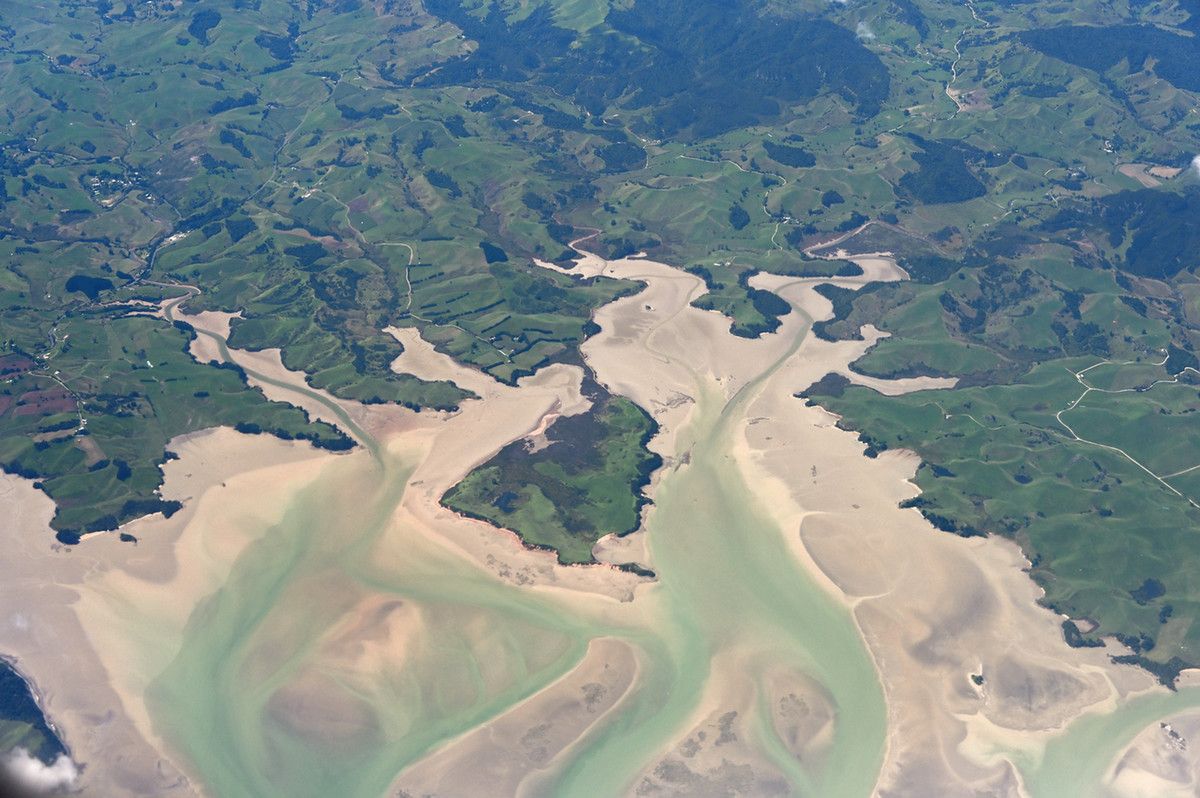What was your favorite field trip as a kid? The zoo? The modern art museum? For a group of New Zealand students, it’d be hard to beat one memorable excursion: their 2006 visit to a beach in Kawhia Harbor. Here, the Hamilton Junior Naturalist Club discovered what, at first, looked like a rusty propeller blade protruding from a sandstone block. But they quickly realized it was something far older.
The schoolkids had found a fossil—bones from a torso, legs, and arms. Fifteen years later, in 2021, paleontologists identified the fossil as that of a giant, prehistoric penguin. And not just any penguin—this was a never-before-seen species, and incredibly intact! Talk about an A+ discovery.
Scientists examining the fossil determined that the bird lived around 27 to 34 million years ago, far after the dinosaurs had gone extinct. This new species resembled other ancient penguin remains, but more stretched out than his cousins, with elongated legs. So the researchers decided to name it Kairuku waewaeroa—appropriately meaning “long-legged” in Māori.
At four-and-a-half feet tall, the Kairuku waewaeroa stood larger than an emperor penguin, the largest penguin species today. It was also about the same size as some of the kids who found it! Scientists hope that further research will tell them more about this leggy penguin’s body, habits, and evolution.
Kairuku waewaeroa was hardly the only massive bird of its time, as New Zealand was once home to giant parrots, eagles, moa, and even bigger penguins. But without the students’ citizen science, our knowledge of the prehistoric world wouldn’t include this exciting species.










